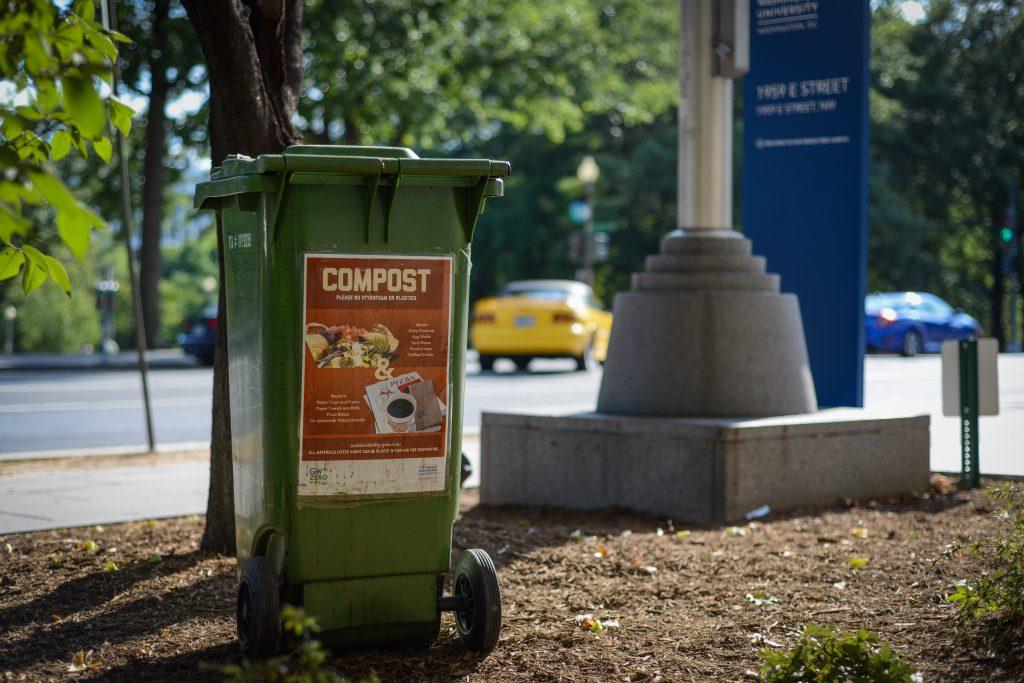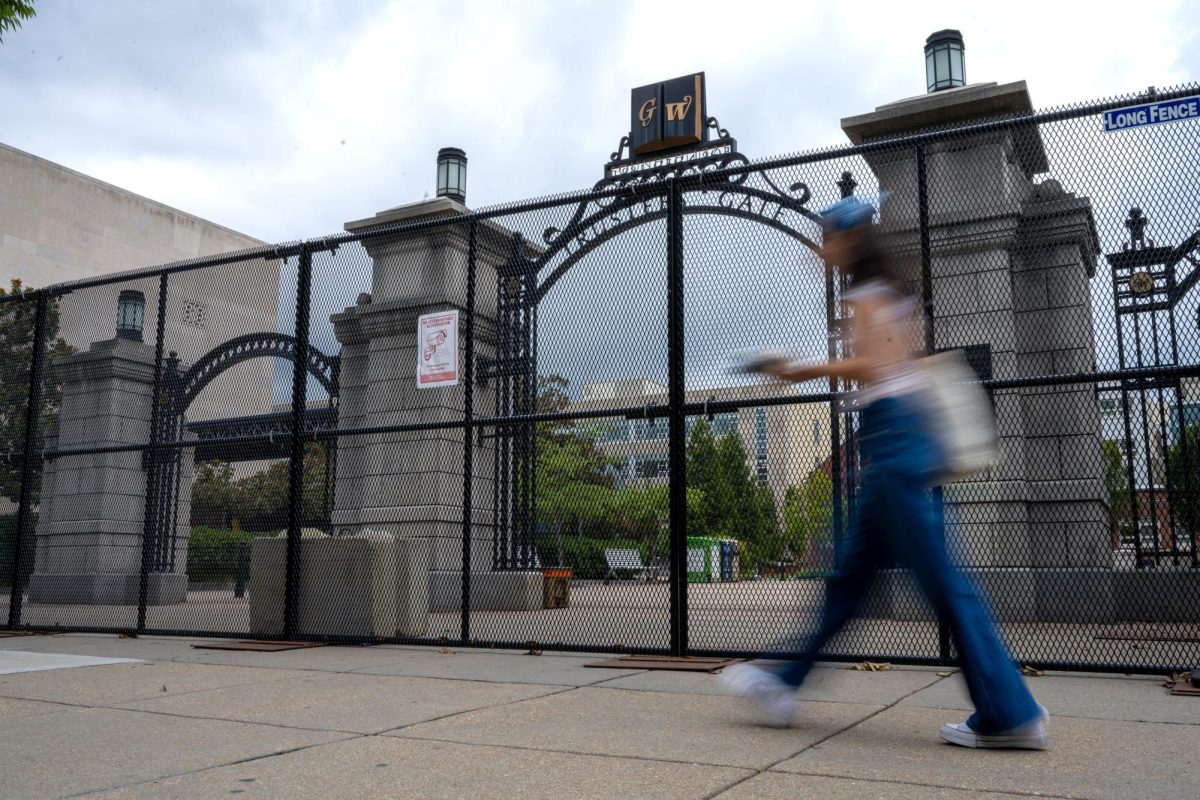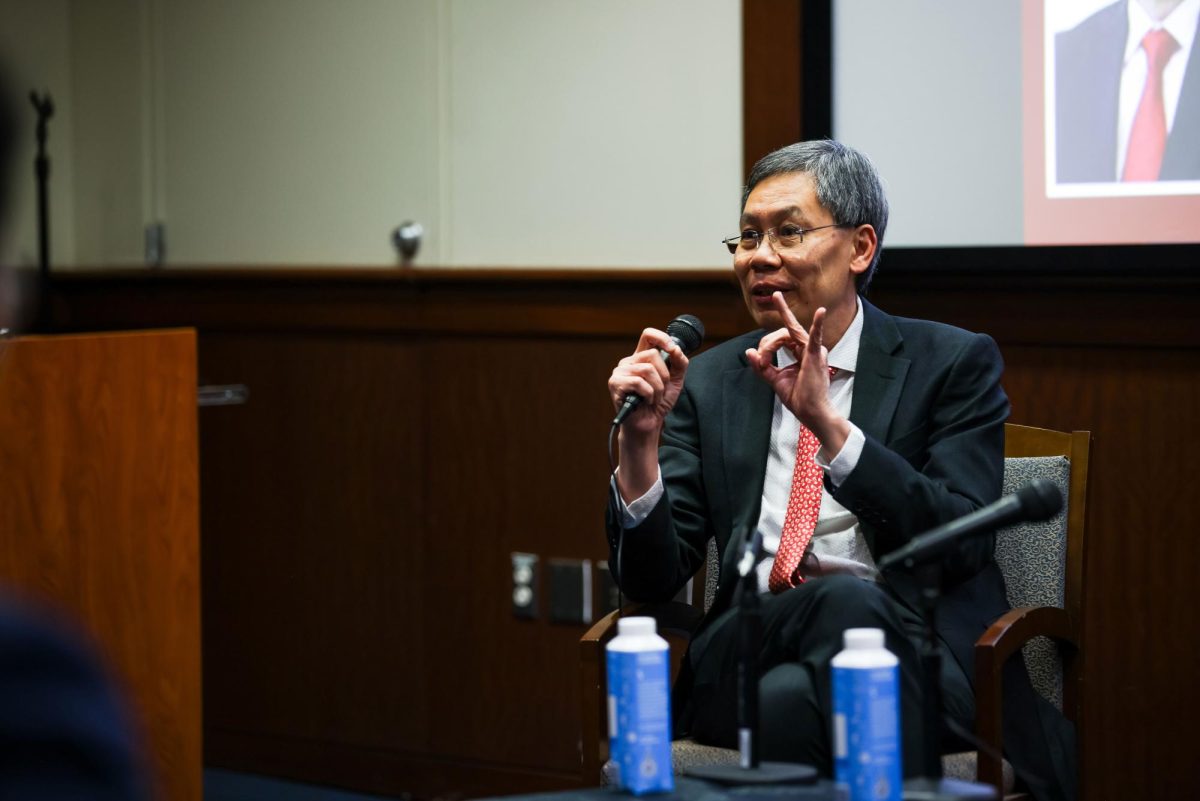Updated: Nov. 2, 2015 at 3:39 p.m.
GW sat on the sidelines late last month as colleges across the country announced plans to radically change the way they recruit applicants.
GW was not one of the 83 schools that pledged to revamp the college application process because it does not meet all of students’ demonstrated need. Experts say the University’s choice is not unusual, as even the University of California system, which includes its prestigious campuses in Berkeley and Los Angeles, were left out.
To be included in the Coalition for Accessibility, Affordability and Success, public universities must see 70 percent of incoming freshman graduate within six years. Private institutions must also meet 100 percent of full demonstrated financial need of students.
Several of the University’s 14 peer schools, including Northwestern and Duke universities, are part of the group.
GW met about 88 percent of students’ demonstrated financial need in the 2014-2015 school year, according to the Office of Institutional Research. Two years ago, the University publicly admitted for the first time that it puts a portion of applicants on the wait list each year if they cannot afford to pay full tuition.
The group plans to use a new, more personalized application instead of the Common Application, which GW started using exclusively two years ago. Experts said while the partnership sounds helpful on the surface, it could burden young teenagers with additional and unnecessary stress.
Senior Associate Provost For Enrollment Management Laurie Koehler cited the University’s recent switch to a test-optional admission policy and its partnership with Say Yes to Education, which was announced last month, as alternative ways GW reaches out to low-income students.
“We are pleased with the changes that have been made to the Common Application, an organization that does not limit membership,” Koehler said. “We believe that the diversity of the more than 600 Common App member colleges and universities demonstrates that the application serves an incredibly broad and diverse group of students.”
Koehler said that the University’s move to only accepting the Common Application two years ago “was in the best interest of students from all backgrounds.”

She added that recent additions to the Common Application allow schools to ask applicants questions that are unique to the college and GW uses the questions to “holistically evaluate” students.
This pledge to create a new application process is one of several announcements officials nationwide have made on increasing accessibility to a college education. In September, President Barack Obama announced plans to simplify the Free Application for Federal Student Aid, which every college student must complete to be eligible for aid.
Heath Einstein, an alumnus and the director of freshman admission at Texas Christian University, which is also not part of the group, said while “some” ninth graders may be ready to think about their college plans, it’s parents, not prospective schools, that could put more pressure on college-bound students.
“I fear that it’s more likely that the parents of 14-year-olds will be thinking ahead while their sons and daughters are busy adjusting to life in high school,” he said in an email. “This could add a great deal of additional stress to an already stressful time in the lives of adolescents.”
While the group will rely on high school counselors and university admissions officers to reach out to students earlier, Einstein said even students without strong counseling offices could still be informed about their options by using websites like College Board, which lists major details of most institutions including degrees offered and information on financial aid options.
Brian Taylor, the director of Ivy Coach, a private college counseling service, said he believes the group was created only to drum up positive press for the schools.
Taylor said he doubted how feasible the institutions’ goals are and said the involved institutions that are part of it “just wanted to put out a fancy press release.”
“It makes these schools sound very good on the surface. It’s a completely half-baked idea,” Taylor said. “In fact, they haven’t even gotten in the oven.”
Taylor pointed to individualized parts of the Common Application, like the personal statement, supplemental essays from each college and places to showcase the activities completed in high school as ways applicants can make themselves stand out from the rest of the pool.
He added that Ivy Coach would “never” advise freshmen in high school to communicate with admissions officers.
“They’re prepubescent,” he said. “[Seniors] don’t even know what they want. Students in college change their major every other Tuesday.”
This post was updated to reflect the following correction:
The Hatchet incorrectly reported GW did not join the coalition because it is need-aware. It did not join the coalition because it does not meet financial aid for all students. The Hatchet incorrectly reported that Washington University in St. Louis and Texas Christian University are need-aware. This post was also updated to reflect more recent data regarding the percentage of aid that GW met last year.







